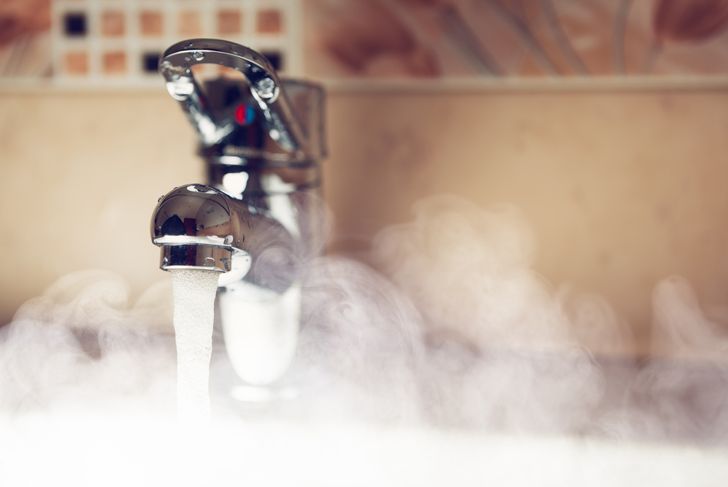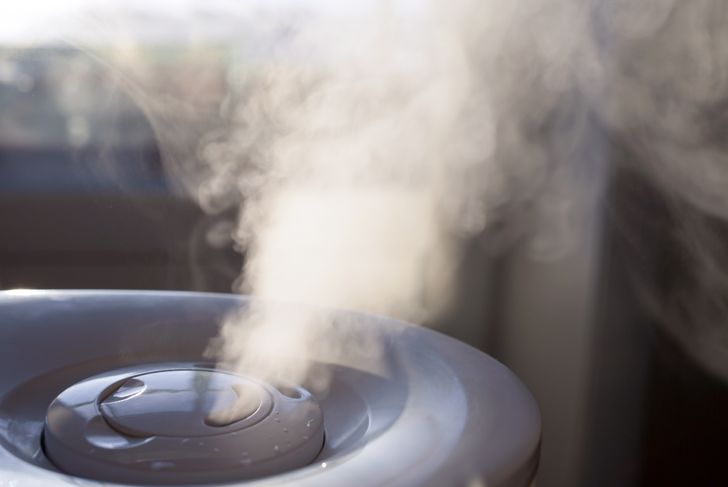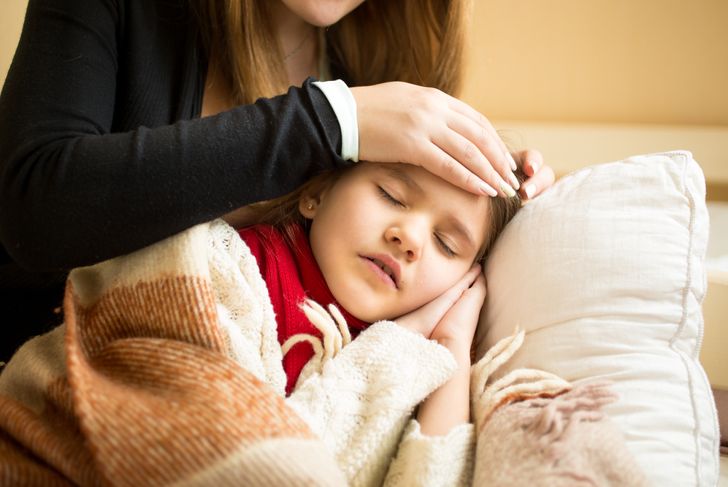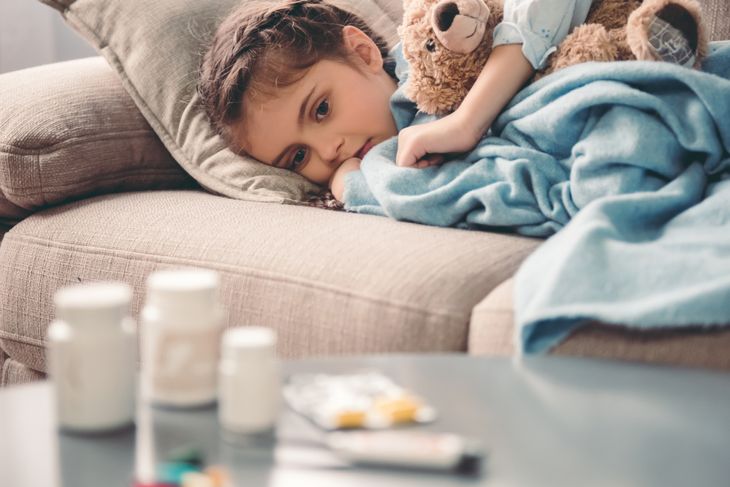Croup is a contagious condition more frequently caused by a viral infection. More rarely, it can a be the complication of a bacterial infection (known as diphtheria). Croup involves the swelling of the vocal cords, and the windpipe (trachea), which manifests as a distinctive barky cough and may be accompanied with a varied degree of difficulty breathing. This illness usually affects children six years or younger, with a peak incidence from age 6 months to 3 years, so it can be nerve wrecking and scary for parents (and children) to experience. The symptoms are worse at night, but only last about a week. There are several at-home remedies for mild cases of croup.
Keep Your Child Calm
Waking up from a deep sleep can be frightening for any child. Add uncontrollable coughing to the mix and that is a recipe for a long, agitated night. However, if your child has croup, crying will only make the symptoms worse including stridor, which is a raspy, harsh almost gasping sound your child makes when he or she inhales. Unlike the other symptoms of croup, stridor is one that needs particular attention. It should lessen or even go away if your child is resting calmly.
Steam Up the Bathroom
A humidifier will help clear the air passages. If you do not have one, you can turn on the hot water in the shower and close the bathroom door. Allow your child to sit calmly in the steamy room. Let them sit comfortably on your lap for about ten minutes and you should see an improvement in the croup symptoms.
Inhale Cool Mist
Just like with the bathroom shower steam, a cool mist humidifier or vaporizer can help your child breathe easier. Your child can sit directly by the stream of mist; it should take about ten minutes to clear the airway. After that, leave the cool mist machine in the kid’s bedroom overnight. A hot mist vaporizer can be used, too, but sitting too close to the steam can burn a child.
Enjoy the Night Air
Instead of using vaporized air or humidity, your child might benefit from the real deal. Depending on the weather, bundle up and go for a stroller ride or a walk. Spending about 10 to 20 minutes in the fresh air can improve symptoms of croup. If you prefer, take a slow car ride with the windows rolled down. This act alone has the potential to lessen the symptoms while you are driving to the doctor’s office or emergency room.
Lower the Fever
Children with croup can experience elevated temperature around 100 to 103 Fahrenheit. Some children may suffer from a recurring mild type of spasmodic croup that occurs along with a common cold and does not include fever. Reducing a fever often alleviates associated symptoms. Since croup affects small children, usually under the age of six, you have to be cautious however about giving them acetaminophen or ibuprofen medication. Make sure you discuss this treatment with your doctor before giving it to your child as in rare cases, the drug has been shown to dry the narrowing airway even more. If your child has a fever through the night, the medicine might help him or her rest, but sleep close by because another coughing attack may occur and other treatments will have to be administered.
Give Lots of Fluids
Hydration is essential, especially if your baby has croup. You can give him or her warm, clear fluids throughout the day and night. It will help take pressure off the inflamed vocal cords as well as loosen up any mucus. Be sure to allow your child to drink more beverages than usual. However, depending on the age of your baby, you might have to administer small amounts of fluid using a medicine dropper or spoon.
Keep the Head Elevated
Use an extra pillow to prop up your little one’s head as they rest. This technique can help any mucus drain and keep the breathing passages clear. However, if your baby is under 12 months old, pillows can do more harm than help. Make sure you discuss this treatment with your doctor depending on the age of your kid. Sleeping in the same room with your sick child is also recommended so you can be readily available if he or she starts having stridor or more intense breathing problems.
Treat the Cold-Like Symptoms
You might have a common cold that develops into croup. A distinctive cough, which sounds like a seal barking, is one of the significant symptom differences between the two ailments. Cough medicines should only be administered upon medical advice. In either case, you will want to keep saline drops, tissue, a nose plunger, herbal oils, hard mint candies, hand sanitizer, and other things on hand, depending on the age of the child.
Visit Your Doctor
If your child is experiencing croup symptoms along with the common cold for longer than three to five days, then you should seek medical treatment. The pediatrician may observe your child’s breathing, examine his or her throat, and listen to the chest with a stethoscope. An x-ray might be necessary to rule out any other possible diseases. Nevertheless, your doctor will most likely inform you about at-home remedies and treatments for croup.
Go to the Emergency Room
Along with stridor, chest wall-indrawing is another concerning symptom of croup. Does your child have a little dent in his or her neck just about the breastbone? If it caves in every time your little one draws a labored breath, you should try any of the previous treatments of croup. However, if your baby still has stridor and chest indrawing, then you should seek medical attention. You should rush to the emergency room if the chest indrawing is becoming more intense and your child’s breath goes from low-pitch stridor to a whistling noise. He or she may not be able to speak or cry because of difficulty breathing. Excessive drooling or difficulty swallowing is a sign to go to seek medical attention immediately. While in the emergency room, your baby may have his or her blood oxygen level tested. In pronounced cases of respiratory distress, a breathing tube and a vaporized Epinephrine might be used to help your child breathe in cool mist. Administration of steroids to decrease the swelling and open the airways passage might also be recommended.

 Home
Home Health
Health Diet & Nutrition
Diet & Nutrition Living Well
Living Well More
More




















